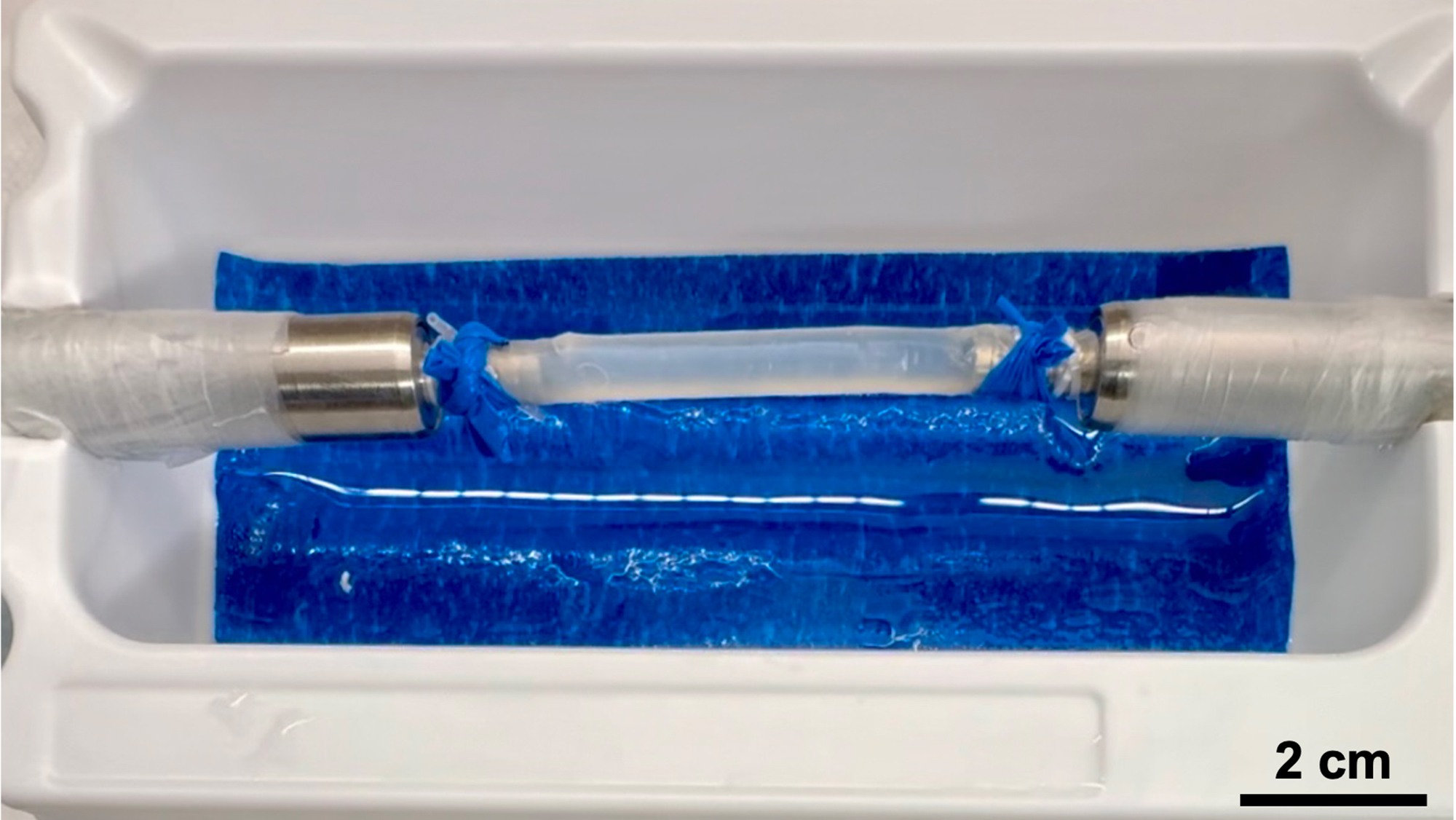Off-the-shelf grafts could make vascular surgery more simple

Feng Zhao, College of Engineering
Vascular grafts redirect blood flow past artery blockages to vital organs and tissues. They follow a similar principle as a feeder road that bypasses traffic on a highway.
Current methods for vascular grafts involve removing healthy blood vessels from the patient’s leg or chest wall, increasing the potential for surgical complications.
Dr. Feng Zhao, College of Engineering, and her lab developed an engineered vascular graft which eliminates the need to remove a vessel from the patient.
Zhao said other engineered vascular graft solutions are too complex to fabricate or are derived from animal tissue and pose a risk of immune rejection. Additionally, she says that engineering small-diameter blood vessels less than 6 millimeters is especially tricky.
The off-the-shelf small-diameter vascular graft is made to be easily stored and shipped for the treatment of patients with cardiovascular diseases. The graft is also biodegradable and will eventually be replaced by natural tissue in the body, offering growing pediatric patients a sustainable option.
Zhao’s research was one of the selected projects from the biomedical engineering department selected to receive a Texas A&M Innovation Translational Investment Fund (TIF) grant. The TIF grant will allow Zhao to test her vascular graft further, with human clinical trials to follow.

